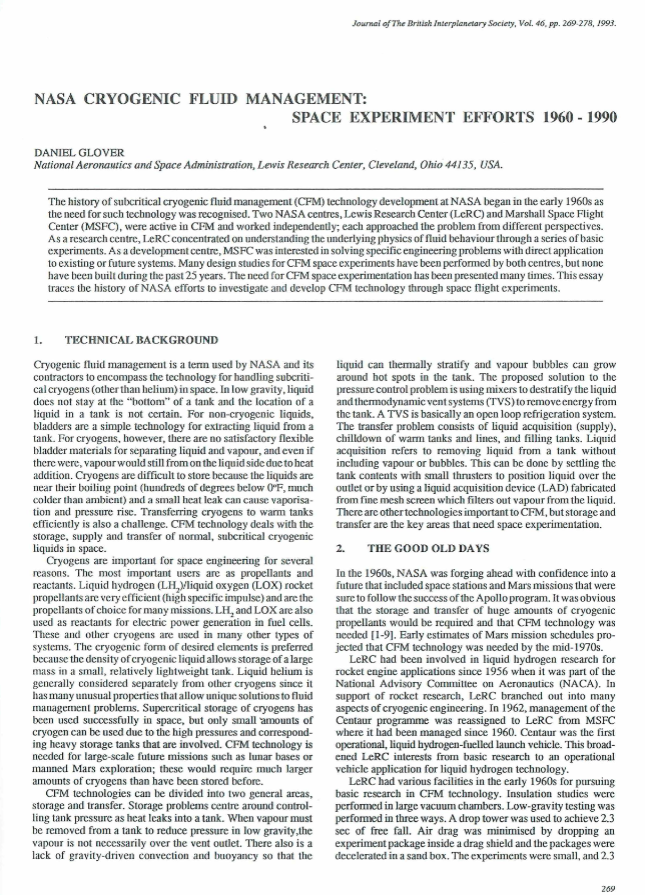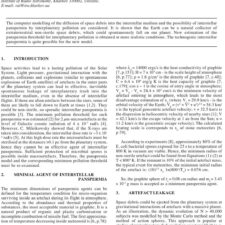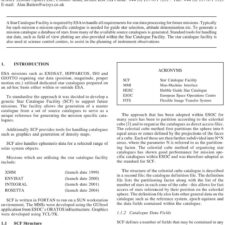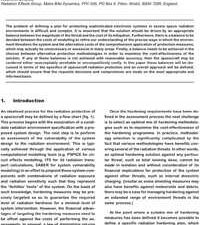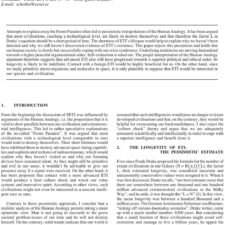NASA Cryogenic Fluid Management: Space Experiment Efforts 1960-1990
£5.00
D. Glover. (1993), JBIS, 46, pp.269-278
Refcode: 1993.46.269
Abstract:
Cryogenic fluid management is a term used by NASA and its contractors to encompass the technology for handling subcritical cryogens (other than helium) in space. In low gravity, liquid does not stay at the “bottom” of a tank and the location of a liquid in a tank is not certain. For non-cryogenic liquids, bladders are a simple technology for extracting liquid from a tank. For cryogens, however, there are no satisfactory flexible bladder materials for separating liquid and vapour, and even if there were, vapour would still from on the liquid side clue to heat addition. Cryogens are difficult to store because the liquids are near their boiling point (hundreds of degrees below 0°F, much colder than ambient) and a small heat leak can cause vaporisation and pressure rise. Transferring cryogens to warm tanks efficiently is also a challenge. CFM technology deals with the storage, supply and transfer of normal, subcritical cryogenic liquids in space.

